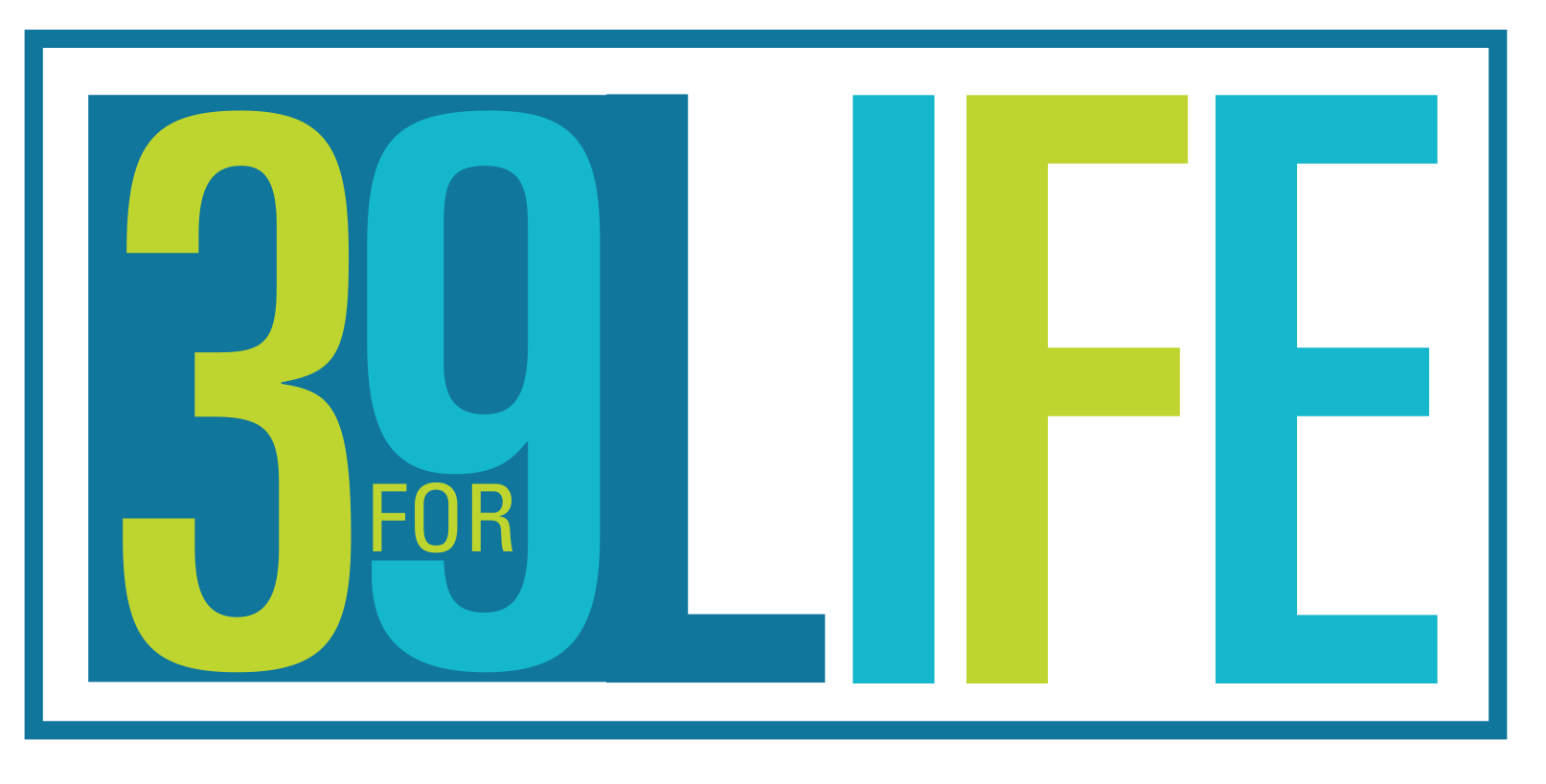It didn’t seem like Bailey hit her head that hard. In fact, after she collided with another player on the soccer field, she got up and finished the game.
But when her mom noticed Bailey was struggling to answer simple questions throughout the evening, she knew the situation was more serious. She was rushed to the Emergency Room and diagnosed with a concussion.
In Bailey’s case, the injury was temporary. But others are not so lucky.
What is a concussion, and why is it so serious?
The Sports Concussion Institute defines a concussion as a “complex pathophysiological process that affects the brain, typically induced by trauma to the brain. It can be caused either by a direct blow to the head, or an indirect blow to the body, causing neurological impairment.”
According to the Centers for Disease Control and Prevention, approximately 1.6 million to 3.8 million concussions are estimated to occur each year.
In essence, a concussion is considered a brain injury. Under normal circumstances, the human brain floats within the skull surrounded by cerebral spinal fluid. This fluid acts as a shock absorber for minor impacts.
When the brain is forced to one side of the skull and makes contact with the hard surface of the skull as a result of a strong impact, a concussion has occurred. The danger of a concussion is that delicate neural pathways in the brain could be damaged by that impact, thus resulting in neurological damage or disturbances.
“When a brain injury has occurred, it’s really best to err on the side of caution,” advised Dr. David Hilmo, Physical Medicine and Rehabilitation Specialist at Utah Valley Regional Medical Center and Director of Neurology at Orchard Park Rehab in Orem. “When a patient has experienced a head injury, he may not notice the onset of symptoms — but family members or friends may notice a change in behavior, confusion, change in personality, cloudy thinking or inability to respond to questions.”
Hilmo explained that a patient will likely report a headache or feel dizzy. In fact, the CDC reports these are the two most common symptoms reported immediately following the incidence of a concussion by injured athletes. Although the patient may downplay the way he feels, it is important to see a physician to be sure the brain injury isn’t more serious.
While it is difficult to anticipate and prevent brain injuries on the field, you can take measures to protect children during normal physical activities. Hilmo recommends helmets.
“Fortunately, the use of helmets is becoming more in style with high-profile athletes in cycling, snowboarding, and longboarding, so it is easier to convince your kids of the importance of wearing protective headgear,” Hilmo said.
Watching people, both young and old, engage in daily physical activity is a good thing. But an important part of those activities is knowing what signs to look for in the event of a brain injury. Know the signs, seek immediate medical care and wear protective head gear when possible.





